Table of content
Fava beans, also known as broad beans, are a culinary staple in many global cuisines. Their earthy flavor, creamy texture, and nutritional richness make them a favorite in dishes ranging from stews and salads to dips and side dishes. However, achieving the perfect texture and flavor when cooking fava beans hinges on a critical pre-cooking step: soaking. The question of how long to soak fava beans before cooking is one that both novice and experienced cooks often grapple with. This article delves into the science and practicality of soaking fava beans, exploring the ideal durations, the factors influencing soaking time, and the culinary benefits of this often-overlooked process.
The Science Behind Soaking Fava Beans
Fava beans, like many legumes, contain complex carbohydrates, proteins, and enzymes that can affect their cooking time and digestibility. Soaking serves multiple purposes:
- Reduces Cooking Time: Dry fava beans have a hard, impermeable seed coat. Soaking softens this outer layer, allowing heat to penetrate the bean more efficiently during cooking.
- Enhances Digestibility: Soaking helps break down oligosaccharides, compounds that can cause gastrointestinal discomfort in some individuals.
- Improves Texture: Properly soaked beans cook evenly, resulting in a tender yet intact texture rather than a mushy or uneven consistency.
- Removes Impurities: Soaking can loosen dirt, debris, or residual pesticides clinging to the beans’ surface.
Factors Influencing Soaking Time
The optimal soaking duration for fava beans is not a one-size-fits-all answer. Several variables come into play:
Age of the Beans
Freshly harvested fava beans require less soaking time compared to older, drier beans. As beans age, they lose moisture, making their seed coats tougher. If your beans are several years old, extend the soaking time by 1–2 hours.
Water Temperature
- Cold Water Soaking: The most common method, involving submerging beans in room-temperature water. This is gentler but slower, typically requiring 8–12 hours.
- Warm Water Soaking: Using lukewarm water (around 100°F/38°C) can reduce soaking time to 4–6 hours. However, avoid hot water, as it may cause the beans to split prematurely.
- Quick Soak Method: Boiling beans for 2–3 minutes, then letting them sit in hot water for 1 hour. This is ideal for time-sensitive recipes but may slightly compromise texture.
Bean Size and Variety
Larger fava bean varieties or those with thicker skins (e.g., certain heirloom cultivars) may need longer soaking. Smaller, younger beans might soften faster.
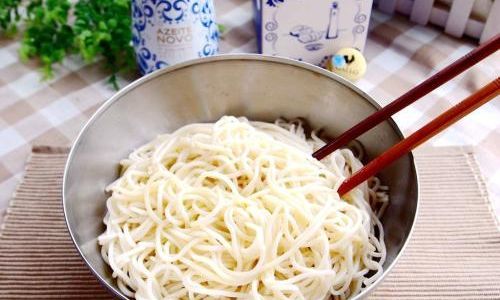
Altitude and Humidity
At high altitudes, water boils at lower temperatures, which can affect cooking times. Similarly, dry climates may cause beans to dehydrate faster, necessitating adjustments to soaking durations.
Recommended Soaking Times
Standard Soaking (Cold Water)
- Ideal Duration: 8–12 hours (overnight).
- Process:
- Rinse 1 pound (450g) of fava beans under cold water to remove dust.
- Place in a large bowl and cover with 3–4 inches of water (beans will absorb water and expand).
- Soak at room temperature (65–70°F/18–21°C).
- Drain and rinse before cooking.
Quick Soaking (Hot Water)
- Ideal Duration: 1–2 hours.
- Process:
- Boil 6 cups of water in a pot.
- Add 1 pound of fava beans and simmer for 2 minutes.
- Remove from heat, cover, and let sit for 1 hour.
- Drain, rinse, and proceed with cooking.
Extended Soaking for Older Beans
- Ideal Duration: 12–24 hours.
- Process:
- Follow the standard soaking method but change the water every 6–8 hours to prevent fermentation.
- Add a pinch of baking soda to the soaking water (½ teaspoon per quart) to help soften tough skins.
Signs That Fava Beans Are Properly Soaked
- Visual Check: The beans should appear plumper, with the seed coat slightly wrinkled.
- Texture Test: Gently squeeze a bean between your fingertips. It should yield to pressure without collapsing.
- Sink Test: After soaking, drain the beans. Properly soaked beans will sink to the bottom of the bowl, while under-soaked ones may float.
Common Mistakes to Avoid
-
Under-Soaking:
- Results in uneven cooking, with hard centers and overcooked exteriors.
- Increases the risk of bean splitting during cooking.
-
Over-Soaking:
- Prolonged soaking (beyond 24 hours) can ferment the beans, causing a sour taste or slimy texture.
- Over-soaked beans may lose nutrients into the soaking water.
-
Using Hot Water:
Temperatures above 140°F (60°C) can denature enzymes and proteins, leading to mushy beans.
-
Skipping Rinsing:
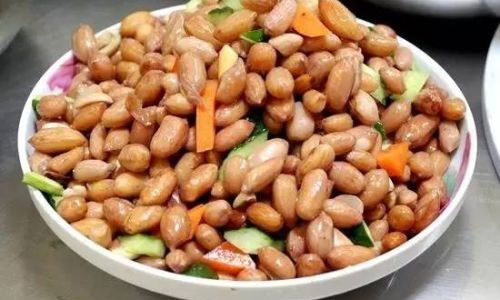
Failure to rinse soaked beans removes residual starches and impurities that could cause foaming during cooking.
Cooking Soaked Fava Beans
Once soaked, fava beans can be boiled, simmered, or roasted. Here’s a general guide:
-
Boiling:
- Place soaked beans in a pot with fresh water (1:3 bean-to-water ratio).
- Bring to a boil, then reduce heat to a simmer.
- Cook until tender (20–40 minutes, depending on age and size).
-
Pressure Cooking:
- Reduces cooking time to 8–12 minutes after pressure is reached.
- Ideal for older or tougher beans.
-
Roasting:
- Toss soaked and peeled beans with olive oil, salt, and spices.
- Roast at 400°F (200°C) for 15–20 minutes until crispy.
Advanced Tips for Perfect Fava Beans
-
Peeling After Soaking:
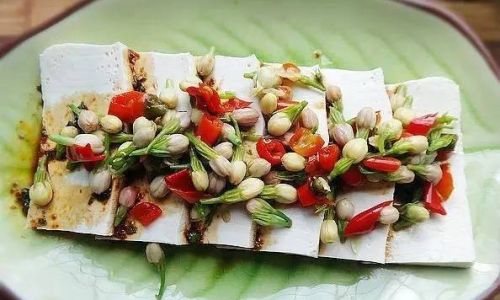
- Some recipes call for removing the beans’ outer skin after soaking. To do this:
- Blanch soaked beans in boiling water for 1 minute.
- Shock in ice water, then gently squeeze each bean to slip off the skin.
- Some recipes call for removing the beans’ outer skin after soaking. To do this:
-
Flavor Infusion:
Add aromatics like garlic, bay leaves, or thyme to the soaking or cooking water for subtle flavor.
-
Freezing Soaked Beans:
- Soak and drain beans, then freeze in airtight bags for up to 6 months.
- Thaw before cooking to save time.
Nutritional Benefits of Fava Beans
Fava beans are a nutritional powerhouse, offering:
- Protein: 1 cup (170g) of cooked beans provides 13g of plant-based protein.
- Fiber: 9g per cup, aiding digestion and promoting satiety.
- Vitamins and Minerals: Rich in folate, manganese, iron, and vitamin B6.
- Antioxidants: Compounds like isoflavones and flavonols that reduce inflammation.
Soaking enhances nutrient absorption by neutralizing anti-nutrients like phytic acid, which can block mineral uptake.
Cultural and Regional Variations
The soaking and cooking of fava beans vary widely across cultures:
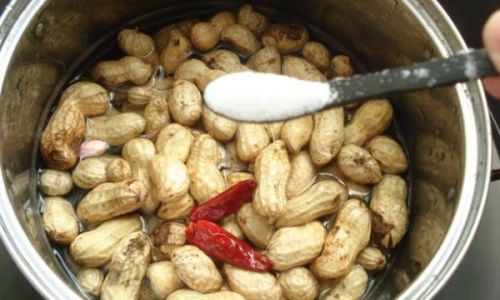
- Middle East: In dishes like ful medames, beans are soaked overnight, then simmered with cumin and garlic.
- Italy: Fave e cicoria features beans soaked in cold water for 12 hours, then stewed with chicory.
- China: Dried fava beans are soaked for 6 hours before being fried into crispy snacks.
- Mexico: Habas are soaked in lime water (a process called nixtamalization) to soften skins before grinding into dough.
Troubleshooting Soaking Issues
-
Beans Still Hard After Cooking:
Likely under-soaked. Next time, extend soaking time or use the quick-soak method.
-
Beans Too Mushy:
Over-soaking or cooking at too high a temperature. Reduce soaking time and use a gentle simmer.
-
Foamy Water During Cooking:
Residual starches from improper rinsing. Skim off foam or rinse beans thoroughly before cooking.
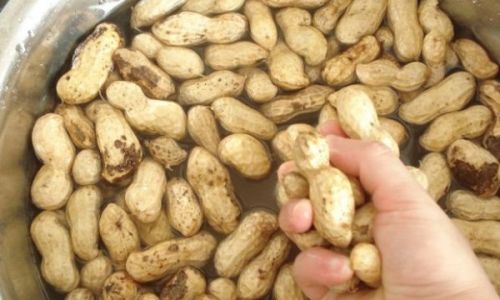
-
Sour Taste:
Over-soaking or fermentation. Discard the soaking water and cook beans immediately.
Sustainability Tip: Reusing Soaking Water
While some chefs discard soaking water to reduce flatulence-causing compounds, others repurpose it:
- Use it as a base for soups or broths to extract residual nutrients.
- Water plants with it (after cooling) as a mild fertilizer.
Conclusion
The optimal soaking time for fava beans depends on a delicate balance of science and practicality. While 8–12 hours in cold water is the gold standard for most recipes, flexibility is key. Factors like bean age, water temperature, and desired texture all play roles in determining the ideal duration. By mastering the art of soaking, you unlock the full potential of fava beans—turning a humble legume into a culinary masterpiece. Whether you’re simmering a hearty stew, crisping roasted beans, or blending a velvety dip, the time invested in proper soaking will be rewarded in flavor, texture, and digestibility. So next time you reach for that bag of fava beans, remember: patience is not just a virtue—it’s the secret ingredient to perfection.
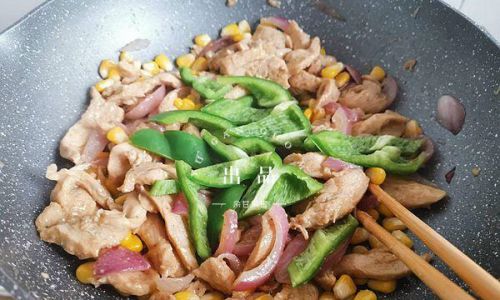
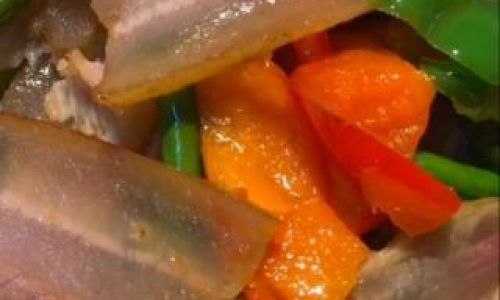
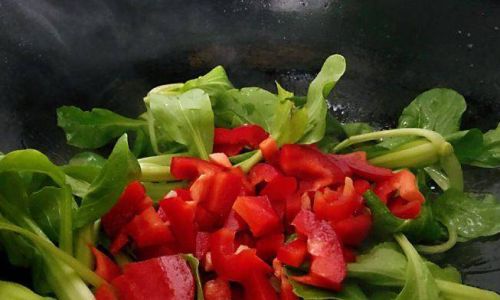
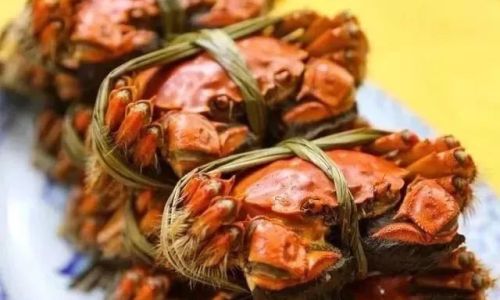
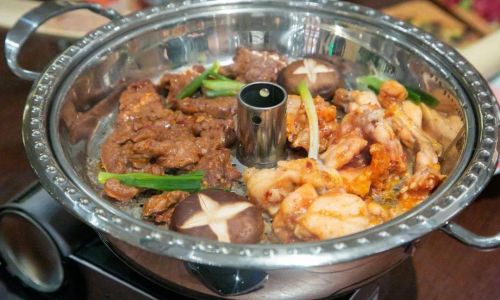

0 comments